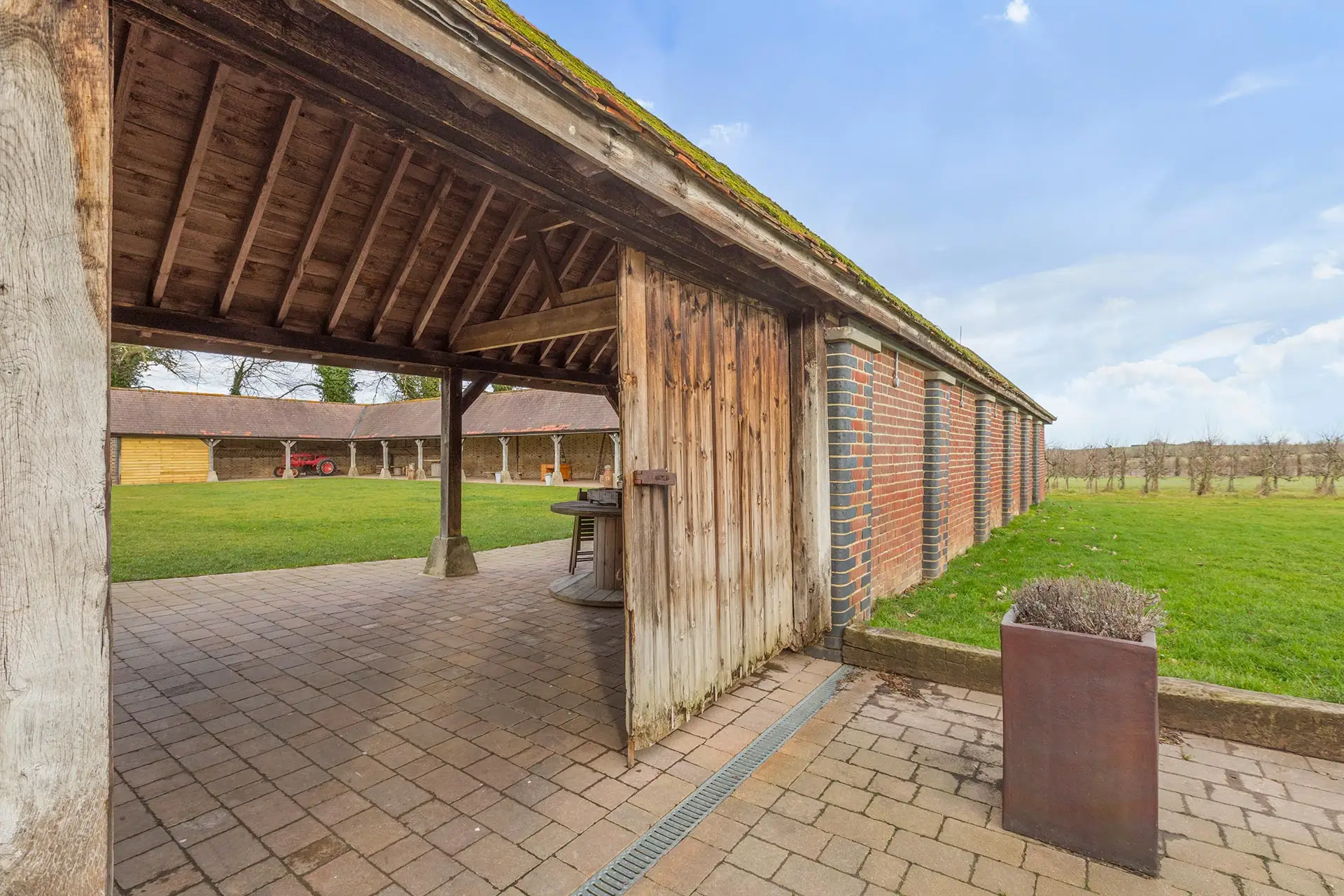
Extending a Listed Building Within a Scheduled Monument
Our clients inherited St Radigund’s Abbey Farm, a Grade II* listed dwelling created from the remains of a medieval abbey. As they still work the surrounding farmland, they were determined to restore the historic property and turn it into a functional family home.
Through careful design and close collaboration with heritage officers, we obtained consent for alterations and additions in one of the most challenging heritage contexts, delivering a 23% expansion.
Our scheme breathes new life into the farmhouse, uncovers its medieval stonework, and creates light-filled, flowing spaces that connect directly with the abbey ruins.
St Radigund’s Abbey Farm, A Grade II* Farmhouse Within a Scheduled Monument
St Radigund’s Abbey Farm lies on a remote site near Dover, surrounded by farmland and the extensive ruins of a 12th-century Premonstratensian abbey. The farmhouse itself is Grade II* listed, while the surrounding cloister walls, gatehouse, and earthworks form part of a Scheduled Monument.
Founded in 1193, the abbey was home to a monastic community until the Dissolution of the Monasteries in 1536. During this period, the Crown’s agents and local builders stripped much of the stone, glass, and fine materials, leaving the refectory as one of the main surviving buildings. In the 1590s, Simon Edolph converted this structure into a farmhouse, creating a rare example of a post-Dissolution ecclesiastical conversion.
The property continued to be used as a working farm for centuries and was extensively renovated in the 1980s by a local family. While preserving the building, these works created a highly compartmentalised interior with stud walls and boxed-off rooms typical of the period. After the Moynans passed away, the house fell into disrepair, with leaking roofs, damp walls, and outdated services placing the heritage asset at risk.
The Brief For Renovating and Extending A Grade II* Listed Building
The clients hired James Clague Architects to navigate the complex permissions process and design sensitive extensions and alterations.
To modernise and expand the building, they envisioned a new primary suite, extra family living areas, and farm-focused amenities such as a boot room.
They also wanted the design to protect the farmhouse’s historic character and ensure its long-term use.
The Design
The scheme includes a double-storey extension to the west and a single-storey addition to the east. Both are carefully scaled so that the new volumes sit comfortably alongside the historic structure without dominating it. Together, they expand the farmhouse’s footprint by 23%.
The larger extension has a pitched roof that steps down from the main house, blending in with the rest of the structure while remaining distinct as new work. The modest single-storey addition is detached from the main building and topped with a flat roof.
Both new volumes are positioned where 1980s alterations had already been made, helping to limit their impact on the heritage fabric.
The reconfiguration of the existing farmhouse includes removing the 1980s stud walls and plasterboard, opening up boxed-off rooms, and revealing medieval masonry.
We added large glazed openings throughout the scheme to connect the interiors to their surroundings. The new family living spaces in the main house and the master bedroom in the larger extension now look directly onto the abbey ruins, transforming the farmhouse’s relationship with its historic setting and making the medieval remains a backdrop to daily life.
The Layout
The scheme at St Radigund’s introduces:
- A two-storey western wing with new family living spaces on the ground floor and a principal bedroom suite above
- A modest single-storey eastern addition with boot and utility rooms and an additional shower, supporting the farmhouse’s day-to-day use
- Reorganised bedrooms and bathrooms, creating five en-suite bedrooms
- A new staircase position in the main farmhouse that improves circulation.
The Materials
The materials palette combines traditional and contemporary elements, including:
- Flintwork on the external walls
- Handmade clay roof tiles on pitched elements
- Slimline brickwork with lime mortar
- A bespoke arched glazed timber door
- Slimline grey aluminium windows and doors with painted timber casements
- Glazed balustrading
- Coursed ragstone walling with red brick quoins and decorative window dressings.
We chose flint to mirror the abbey ruins and tie the extensions into their Scheduled Monument setting. Handmade clay tiles, coursed ragstone, and lime mortar help the extensions blend with the farmhouse’s historic fabric. The glazed balustrading keeps the profile slim and preserves views of the ruins.
Soft contemporary detailing, such as slender glazing frames and simplified brick coursing, distinguishes the new interventions from historic fabric without overpowering it.
Sustainability
The scheme incorporates sustainability measures to improve efficiency and deliver long-term energy performance.
The new extensions feature slimline double glazing with argon-filled units, high insulation levels, and modern construction standards.
We also introduced thermal upgrades across the existing farmhouse, where possible, using lime finishes to replace 1980s plasterboard. This allows the medieval masonry to breathe and regulate moisture naturally.
The Planning Process
Securing consent for this listed building renovation and extension was a significant achievement. As the farmhouse is both Grade II* listed and part of a Scheduled Monument, Historic England and Dover District Council carefully examined every change for its impact on archaeology and historic fabric.
From the outset, we engaged proactively with planners and heritage officers by submitting a pre-application enquiry.
Archaeology was a key part of the process. During trial excavations with Canterbury Archaeological Trust, we uncovered two medieval walls and a subfloor. These findings helped us position foundations strategically to minimise harm. Further surveys revealed where the 1980s partitions had concealed historic masonry.
We worked closely with specialist consultants and heritage advisors to refine the design, ensuring the extensions would be sensitive yet recognisably modern.
After three years, multiple rounds of submissions, and extensive consultation, Dover District Council granted full consent in 2025. Importantly, they accepted - without objection - the principle of extending a listed building within a Scheduled Monument.
Planning was approved on the condition that archaeologists monitor the foundations.
Bringing the Project to Life
Although construction has yet to start, the clients are eager to see their long-awaited vision for St Radigund’s realised.
With permission in place, we’re preparing the technical design and will soon recommend a contractor.
The work is expected to begin in spring 2026. We will oversee it to ensure the preservation of the historic fabric.
Once construction is complete, the clients plan to enhance the setting. They will introduce a planting scheme in the cloister, creating a usable courtyard garden.
The Client’s Feedback
The clients are delighted that, despite strict constraints, we secured consent for the extension and alteration of St Radigund’s.
They particularly love how the design opens up views of the abbey ruins from inside the house, while also uncovering historic stonework that had long been concealed.
Looking ahead, they are excited to begin construction and make St Radigund’s their home.
This listed building renovation and extension project demonstrates that with expertise, collaboration, and persistence, even the most complex heritage settings can accommodate sensitive, modern design.
If you’re considering renovating or extending a listed building in a sensitive location, our team can support you from idea to completion.
James Clague Architects is part of Latchmere House, a collective of architects, engineers, interior designers, surveyors, and property specialists working under one roof.
We deliver projects across Kent, Sussex, Surrey, and the South East from our Canterbury and Tunbridge Wells bases. We’ll help you navigate the planning system, prepare consent applications, and connect you with trusted contractors experienced in heritage work.
To discuss your project, book an initial consultation or call 01227 649073.
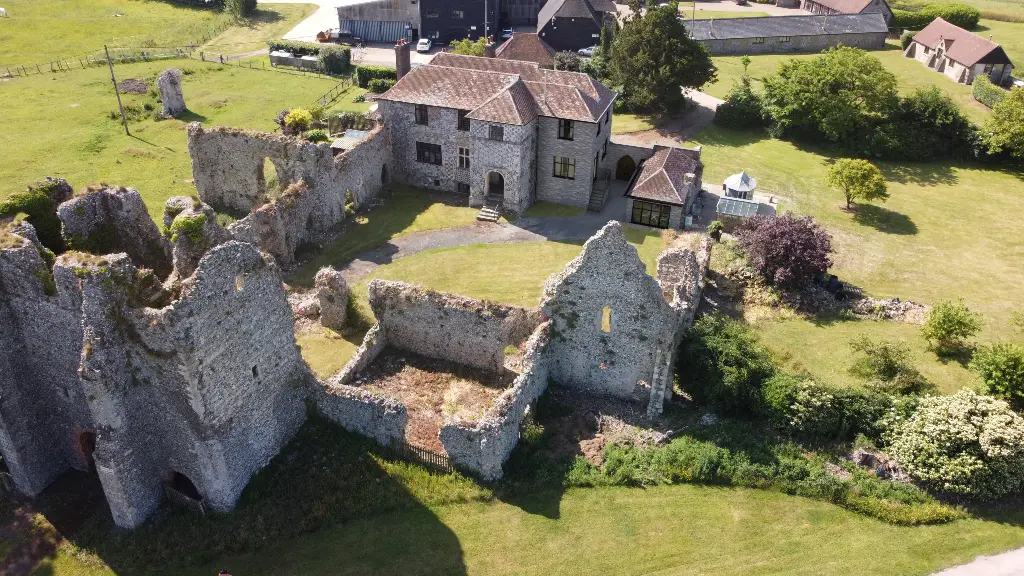
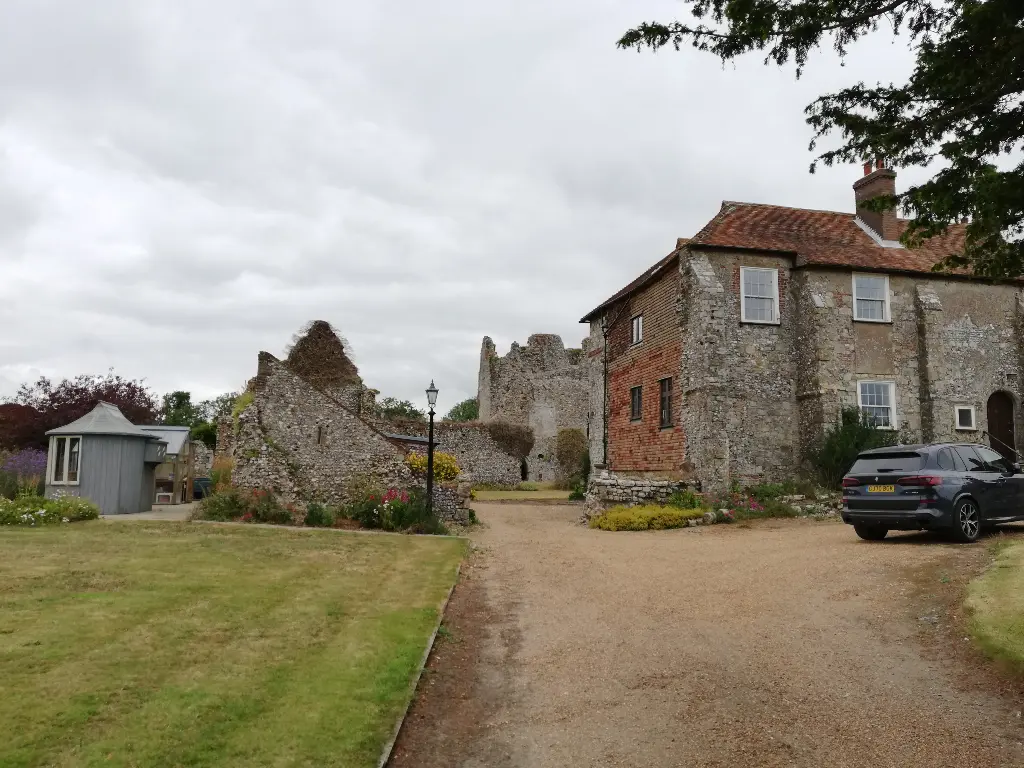
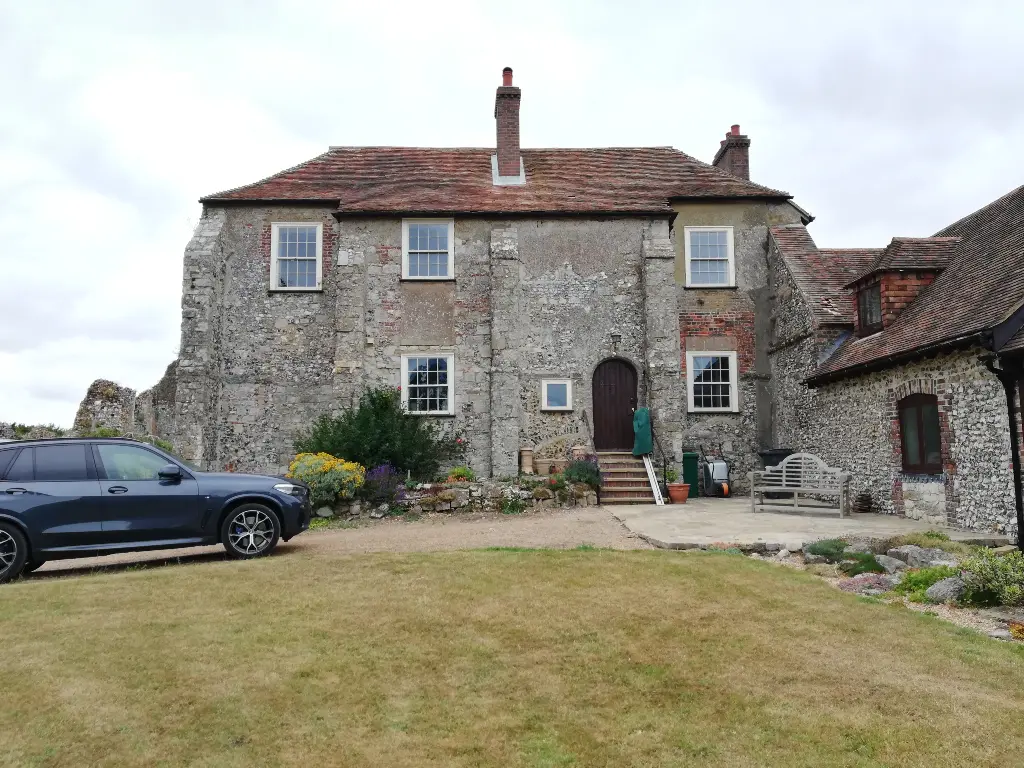

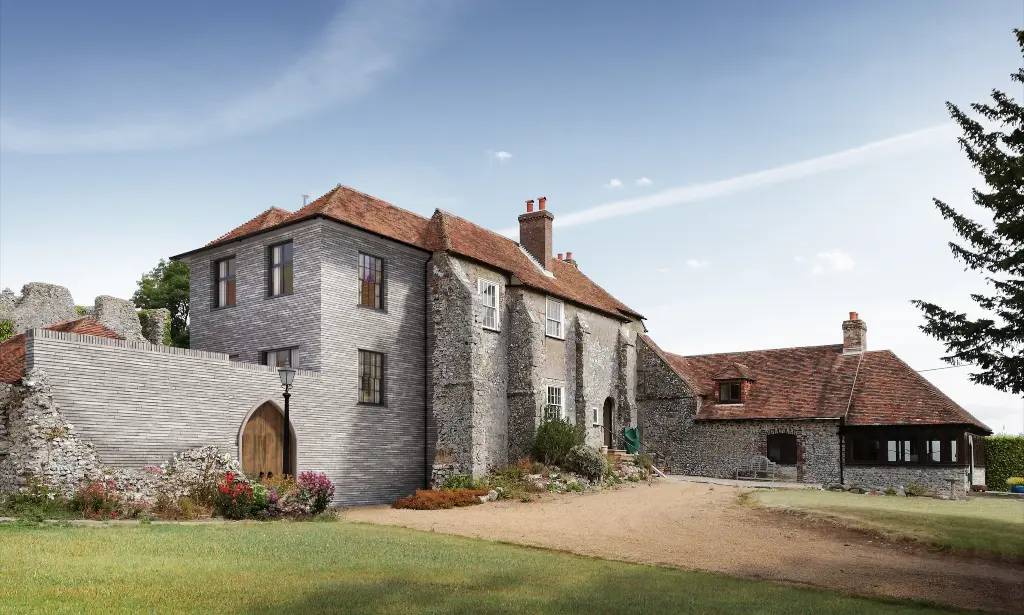
Our team of specialist architects offer a completely free and no-obligation telephone consultation to discuss your project, explain the process and how we can help.
